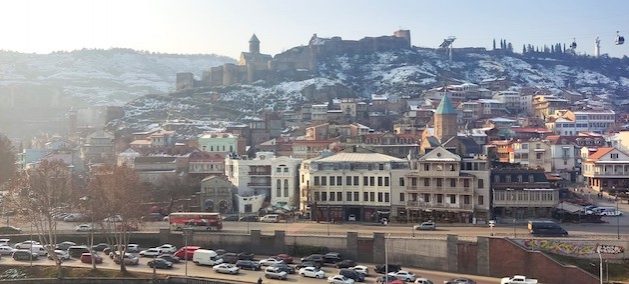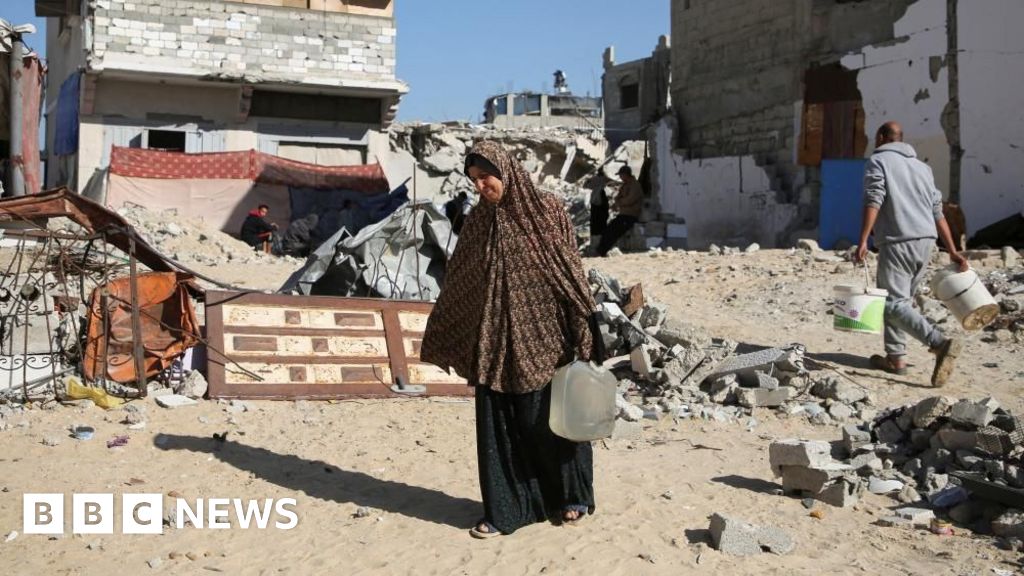World’s largest maritime drills begin in an increasingly tense Asia Pacific | Military News
Hawaii, United States – In an era of increased tension and growing competition between China and the United States and its allies, the US Pacific Fleet is hosting Rim of the Pacific (RIMPAC), “the world’s largest international maritime exercise” in Hawaii.
Held every other year, RIMPAC this year brings together the armed forces of 29 countries for five weeks of training with the goal of strengthening multilateral relations and enhancing preparedness to promote “a free and open Indo-Pacific”.
Established in 1971 by Australia, Canada and the US, this year’s drills, which got under way on June 27, include the militaries of South Korea, Japan and India, as well as countries in Southeast and South Asia, Latin America and seven European nations.
Israel will also be participating in its third RIMPAC, prompting protests from pro-Palestinian groups in the region because of its war in Gaza, which has killed more than 37,000 people since October last year. RIMPAC public affairs confirmed Israel would take part but said it would have no aircraft or ships in the exercise. The Israeli military declined to answer questions about its participation in the exercise.
Military leaders say RIMPAC allows the navies that participate to enhance “interoperability and readiness … for a wide range of potential operations across the globe”. The exercise centres around combat and contingency training on land, in the air and at sea, with 150 aircraft, 40 surface ships, three submarines and more than 25,000 personnel conducting amphibious landings, urban combat training, anti-submarine warfare, ship sinking exercises, as well as cyber and space operations.
According to a RIMPAC spokesperson, RIMPAC 2024 will emphasise a “robust and complex tactical phase, comprehensive humanitarian and disaster relief operations, and integrated multi-domain warfare”.
This year’s RIMPAC is taking place against a backdrop of heightened regional tension.
The US has bolstered multilateral interregional partnerships, established new defence agreements, and developed its military capacity across the Asia Pacific, while China has increased its military exercises around Taiwan and has repeatedly clashed with the Philippines in the disputed islands and shoals in the South China Sea.
Russia, meanwhile, has also become more active in the region. In the past two months, President Vladimir Putin made high-profile visits to China, North Korea and Vietnam, seeking support for his full-scale invasion of Ukraine and signing a defence pact with Pyongyang that portends a new era of greater economic, political and military cooperation.
Meanwhile, just days before RIMPAC, the US conducted strategic bombing drills, sent a nuclear-power aircraft carrier to the Korean Peninsula, and carried out fighting drills around Taiwan and the South China Sea along with its allies.
“Our two militaries are vying for military supremacy. Who’s going to be the most powerful in the most strategic part of the world, which is the Indo-Pacific?” Nicholas Burns, US ambassador to China, said in an interview with US broadcaster CBS’s 60 Minutes programme in February.
David Santoro, president and CEO of Pacific Forum, an Asia Pacific policy research institute in Hawaii, said that after 25 years focused on counterterrorism and counterinsurgency, “the raw problem of war is back. We see it in Europe, we see it in the Middle East and there are strong signs that it could happen also in the Indo-Pacific … This is something that the public needs to understand and get used to, unfortunately”.

Santoro told Al Jazeera that he believes that the national security community could do a better job of explaining to the public that “the new world in which we live which is not peaceful, which is getting more dangerous, and which we need to adapt to”.
He adds that the world appears to be moving away from inclusive collective security to “very hard security priorities” and a world of bloc politics reminiscent of the Cold War. “We’re back to a very concerning, tough situation,” Santoro said.
Preparing for a future war
China participated in RIMPAC in 2014 and 2016, but amid rising regional tensions, was disinvited in 2018. It was not invited to this year’s event.
In a speech at the Shangri-La Dialogue summit in Singapore earlier this month, US Defense Secretary Lloyd Austin stressed that the Asia Pacific was at the heart of US security strategy, adding, “The United States can be secure only if Asia is secure”.
When asked by a Chinese delegate whether the US was attempting to build a NATO-like alliance in the region, Austin replied: “Like-minded countries with similar values and a common vision of a free and open Indo-Pacific are working together to achieve that vision. And we’ve strengthened relationships with our allies and partners, and we see other countries strengthening their relationships with each other in the region.”
NATO Secretary-General Jens Stoltenberg also stressed the importance of security in the Asia Pacific. Speaking before Putin’s visit to Pyongyang, where leader Kim Jong Un has conducted numerous weapons tests this year, Stoltenberg noted: “What happens in Europe matters for Asia and what happens in Asia matters for us.”


This year’s RIMPAC will also feature its largest-ever humanitarian aid and disaster relief training. Expeditionary forces and 2,500 participants from eight countries working with outside organisations, such as United Nations personnel and nonprofit groups. Training will include state-wide mass casualty drills and strengthen crisis response capabilities for foreign disasters, as well as an urban search and rescue exercise reflecting “real world operations during a humanitarian crisis”.
While organisers praise RIMPAC for fostering cooperation among partner nations, it is also drawing criticism from environmental and climate activists, Indigenous groups and others around the region who are calling for the exercise to be cancelled.
Responding to demonstrations outside the US Pacific Fleet Commander headquarters at Pearl Harbor, US Third Fleet public affairs said in a statement, “Our goal at RIMPAC is to strengthen our country’s security … in an environmentally and culturally sensitive manner, in order to allow us the continued freedoms … where we have the right to protect our environment.”
Kyle Kajihiro, assistant professor of ethnic studies at the University of Hawaii, pointed to multiple examples of military contamination in Hawaii and other parts of the Pacific, saying, “These impacts make the aina [land] unliveable and turn places of life and abundance into spaces of death.”
“The military’s track record on the environment and cultural resources speaks for itself in contradiction to its claims,” he told Al Jazeera.

Check out our Latest News and Follow us at Facebook
Original Source







